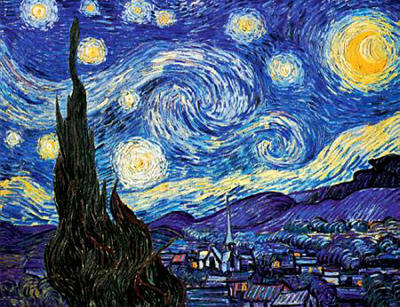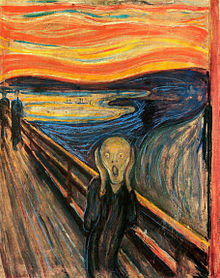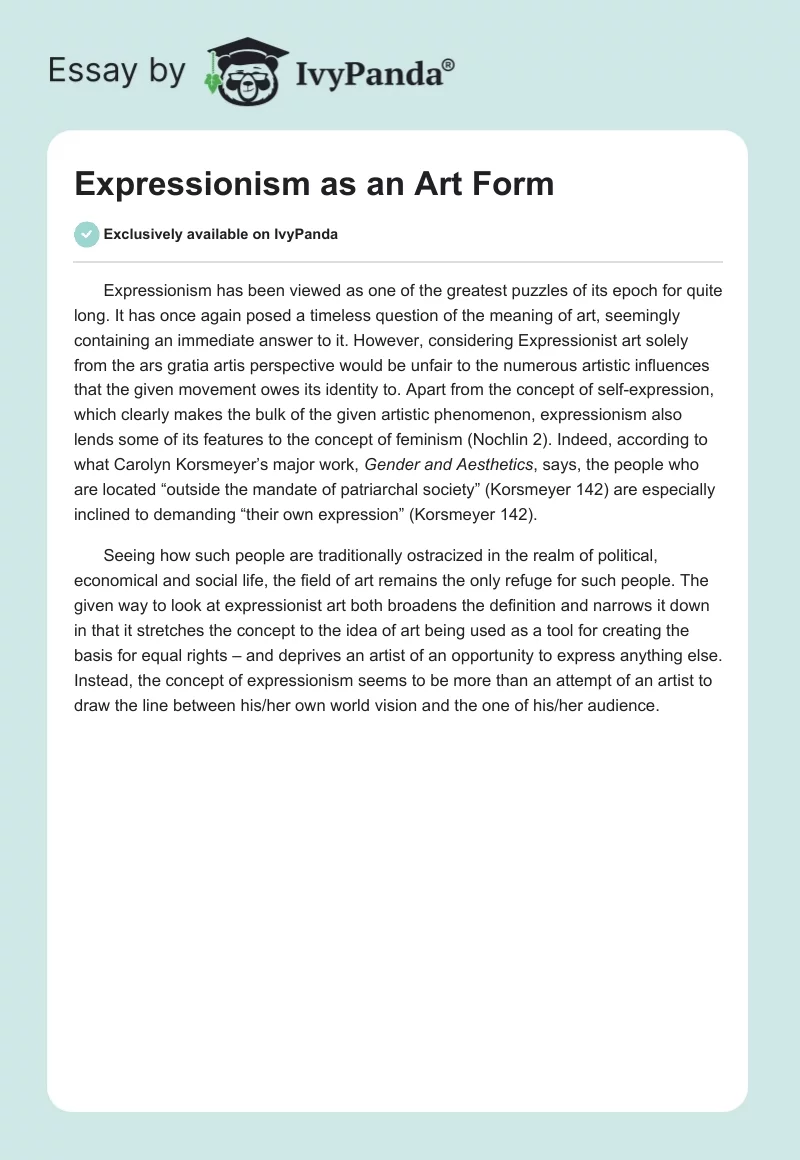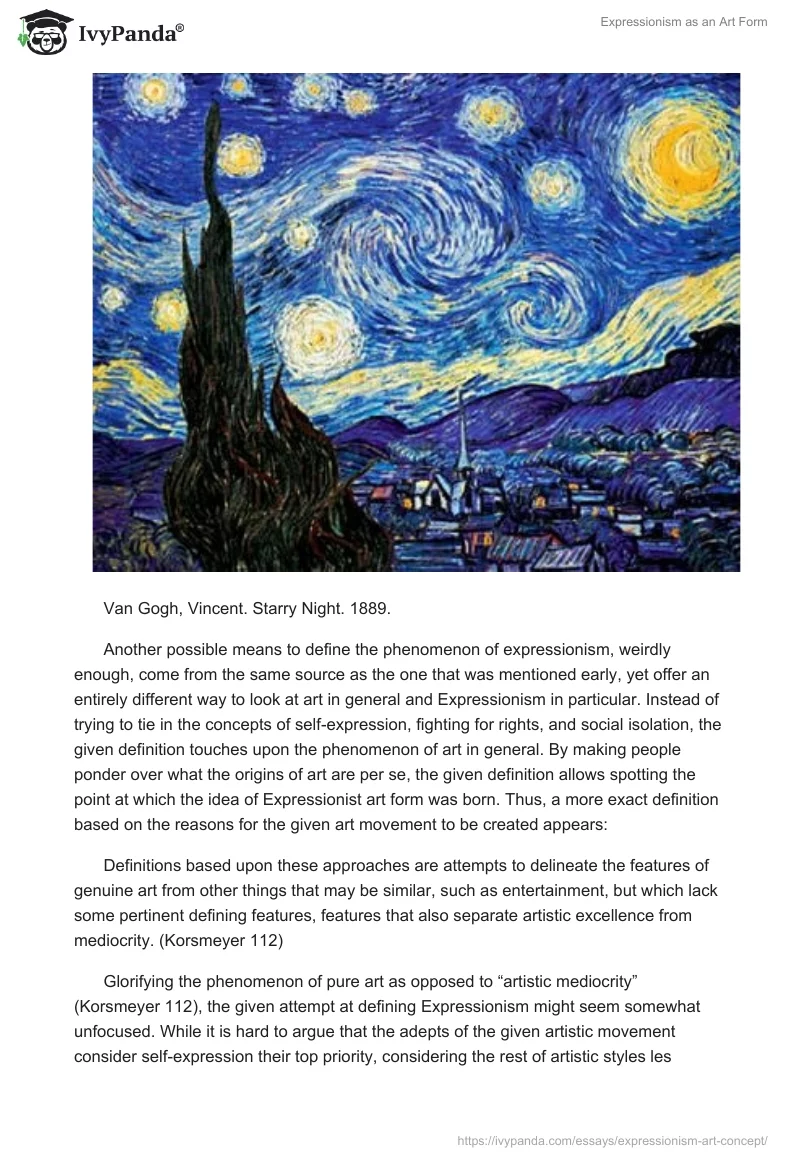Expressionism has been viewed as one of the greatest puzzles of its epoch for quite long. It has once again posed a timeless question of the meaning of art, seemingly containing an immediate answer to it. However, considering Expressionist art solely from the ars gratia artis perspective would be unfair to the numerous artistic influences that the given movement owes its identity to. Apart from the concept of self-expression, which clearly makes the bulk of the given artistic phenomenon, expressionism also lends some of its features to the concept of feminism (Nochlin 2). Indeed, according to what Carolyn Korsmeyer’s major work, Gender and Aesthetics, says, the people who are located “outside the mandate of patriarchal society” (Korsmeyer 142) are especially inclined to demanding “their own expression” (Korsmeyer 142).
Seeing how such people are traditionally ostracized in the realm of political, economical and social life, the field of art remains the only refuge for such people. The given way to look at expressionist art both broadens the definition and narrows it down in that it stretches the concept to the idea of art being used as a tool for creating the basis for equal rights – and deprives an artist of an opportunity to express anything else. Instead, the concept of expressionism seems to be more than an attempt of an artist to draw the line between his/her own world vision and the one of his/her audience.

Another possible means to define the phenomenon of expressionism, weirdly enough, come from the same source as the one that was mentioned early, yet offer an entirely different way to look at art in general and Expressionism in particular. Instead of trying to tie in the concepts of self-expression, fighting for rights, and social isolation, the given definition touches upon the phenomenon of art in general. By making people ponder over what the origins of art are per se, the given definition allows spotting the point at which the idea of Expressionist art form was born. Thus, a more exact definition based on the reasons for the given art movement to be created appears:
Definitions based upon these approaches are attempts to delineate the features of genuine art from other things that may be similar, such as entertainment, but which lack some pertinent defining features, features that also separate artistic excellence from mediocrity. (Korsmeyer 112)
Glorifying the phenomenon of pure art as opposed to “artistic mediocrity” (Korsmeyer 112), the given attempt at defining Expressionism might seem somewhat unfocused. While it is hard to argue that the adepts of the given artistic movement consider self-expression their top priority, considering the rest of artistic styles les genuine simply because of a difference in their focus will be quite a stretch. Therefore, Korsmeyer’s idea of incorporating the psychology of an individual and the society vs. individual conflict into the definition of the given artistic movement only represents one side of the phenomenon.

Addressing the fact that Expressionism was, in fact, aimed at offering the audience a chance to catch a glimpse of an artist’s unique vision of reality, one must note that the very concept of the movement aligns with the key postulates of the expression theory. Created and expanded by a number of prominent psychologists and other researchers, including Sigmund Freud, the given theory allows envisioning art as expression in a much wider context. Freeland makes her readers see art as an expression of the subconscious in accordance with the key postulates of the Feudist theory (Freeland 157), she addresses the ideas of Francis Bacon by interpreting art as a means to communicate emotions (Freeland 154), she connects the idea of Expressionism with the principles of the cognitive theory, recalling the key ideas communicated be Dewey (Freeland 88) – the ideas that the author lists are too many to count.
What every single theory listed above seems to agree on, however, is that art, primarily Expressionism, is the means to get the artist’s vision of the world across. The given definition definitely rubs elbows with the one provided by Korsmeyer; while Freeland defines art as the means of projecting one’s personal convictions and ideas onto material in order to create an artwork, Freeland goes further and limits the number of Expressionist artists to those who are considered marginalized and whose works do not fit into the traditional definition of a standard.
Therefore, from what Freeland offers to consider, Expressionism can be defined as an instrument that allows an artist to convey particular ideas to his/her audience, both on a conscious and a subconscious level. In many ways, the given definition aligns with the one provided by Dewey, who claimed that “Art is a source of knowledge” (Freeland 167). Art is, indeed, a source of knowledge about the artist’s personality, his/her own unique world and the numerous ideas that the author has developed over decades about the society and his/her place in it.

Some definitions of Expressionism, however, see the given movement as not the means to green-light any means of artistic expression as an opportunity for an artist to explore his/her own world of the subconscious. Quite on the contrary, some of the existing definitions suggest that the concept of Expressionism has killed the very possibility of self-expression in art. Mallarme, for instance, specified that “the hand, cut off from any voice, borne by a pure gesture of inscription (and not of expression), traces a field without origin—or which, at least, has no other origin than language itself, language which ceaselessly calls into question all origins” (Barthes 2).
Thus, the art movement in question cannot be defined as expression for the sake of expression, either. There seems to be more to the movement of Expressionism than an attempt to wash the phenomenon down to “the polar opposites of classical ‘imitation’ and romantic expression” (Wimsatt and Beardsley 468). Therefore, it can be concluded that Expressionism should be defined based on the theory of the subconscious as the manifestation of an artist’s subliminal ideas, provided by Freud in Freeland’s paper.
Though not embracing every single aspect of Expressionism as art form, it gives an idea about the given type of art and outlines its key distinctive feature. Despite its age, the idea of expressing one’s deepest fears or strongest convictions through art is rather valid, seeing how art is nearly the only field where the author can create his/her own rules and create really unique artworks. One of the greatest mysteries of its time, Expressionism has left a lot of questions for the XXI century artists and spectators; however, it has also provided future artists with inspiration and room for thoughts.
Works Cited
Barlach, Ernst. The Avenger 64. 1992. Web.
Barthes, Roland, n. d., The Death of the Author. Web.
Freeland, Cyntia. But Is It Art? An Introduction to Art Theory, New York, NY: Oxford University Press, 2001. Print.
Korsmeyer, Carolyn. Gender and Aesthetics: An Introduction, New York, NY: Routledge, 2004. Print.
Munch, Edward. The Scream. 1983. Web.
Nochlin, Linda, n. d., Why Have There Been No Great Women Artists? Web.
Van Gogh, Vincent. Starry Night. 1889. Web.
Wimsatt, Willam K., and Monroe C. Beardsley. “The Intentional Fallacy.” The Sewanee Review 54.3 (1946): 468-488. Print.


